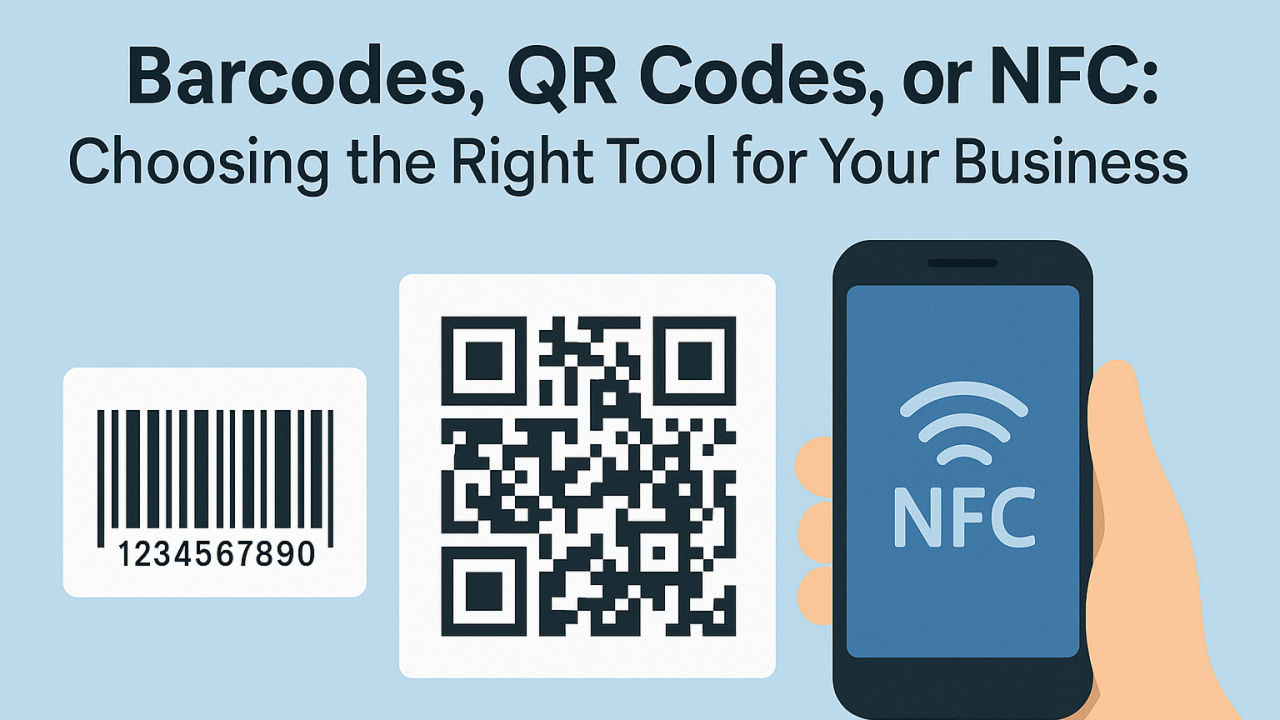In the digital age, where data is the new currency, a well-designed filter function becomes the cornerstone of efficient business applications. The ability to sift through vast datasets quickly, accurately, and intuitively not only saves time but also empowers users to make informed decisions. Effective filtering tools help in identifying trends, pinpointing issues, and discovering opportunities, thereby playing a pivotal role in the strategic planning and operational management of a business.
Designing Search Functions in Business Applications
When it comes to designing the search function for a business application, there are several factors to consider:
1. Simplicity: The search interface should be simple and intuitive. Users shouldn't need a manual to understand how to use it.
2. Speed: Search results should be delivered rapidly to maintain efficiency.
3. Relevance: Search algorithms should be smart enough to return results that are most relevant to the user’s query.
4. Customization: Users should be able to customize their search experience, saving frequent searches, or setting up filters that match their regular needs.
Choosing the Right Filter Controls
Selecting the right filter controls is vital. The nature of the data and how users interact with it should dictate which controls are implemented. Common filter controls include:
1. Text boxes for freeform input.
2. Drop-down lists for selecting from a range of options.
3. Sliders for setting ranges.
4. Checkboxes for toggling options on or off.
5. Radio buttons for exclusive choices.
Tips for Creating a User-Friendly Search UI
A user-friendly search UI should:
1.Offer predictive search suggestions.
2. Provide clear categories to help users start their search.
3. Use filters and facets to narrow down search results.
4. Include visual cues, like icons or images, for quick recognition.
5. Implement keyboard shortcuts for advanced users.
6. Allow saving and editing of frequent searches.
How Yeeflow Data Filter Controls Enhance User Experience
Yeeflow's data filter controls are designed with the user in mind. it offers:
1. Adaptive Filtering: Yeeflow's filters adapt to the type of data being displayed, offering appropriate filtering options.
2. Custom Field Filters: Users can create filters based on custom fields within their data, allowing for a highly personalized experience.
3. Real-Time Feedback: As filters are applied, the changes in the data set are immediately visible, providing instant feedback.
4. Saved Preferences: Users can save their filter setups, making recurring tasks more efficient.
5. Accessibility: Yeeflow ensures that filters can be used by everyone, including those with disabilities.
By leveraging these capabilities, Yeeflow enhances data interaction, making it a strategic tool for businesses looking to capitalize on their most valuable asset: information.





.png)

